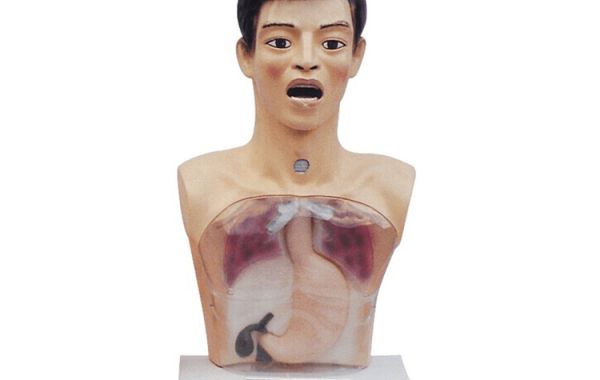There are many benefits to using clinical training manikins. Here's a summary of some of the most significant ones:
Improved Skills Knowledge:
Hands-on Practice: Manikins provide a safe environment in which to practice clinical skills such as procedures, assessments, and interventions without putting real patients at risk. This repetition helps to build muscle memory and improve technique.
Diverse Scenarios: Manikins can be used to simulate a variety of medical conditions and emergencies, allowing trainees to practice responding to new situations and broadening their knowledge.
Standardized Training: Manikins ensure that all trainees receive consistent instruction and practice, regardless of their prior experience, resulting in a more standardized level of care.
Enhanced Confidence Preparedness:
Reduced Anxiety: Before dealing with real patients, practicing on manikins can help to reduce anxiety and boost confidence in new skills.
Preparation for Real-World Situations: Manikins can be programmed to react realistically, allowing trainees to practice under pressure while improving critical thinking and decision-making abilities.
Increased Adaptability: By practicing various scenarios, trainees become more adaptable and capable of dealing with unexpected situations in real-world settings.
Additional Advantages:
- Patient Safety:Manikins eliminate the possibility of causing harm to real patients during training, particularly when learning new or complex procedures.
- Cost-Effectiveness:Manikins are a less expensive option for training large groups or individuals on a regular basis than real patients or actors.
- Versatility:Individual practice, team-based training, communication skill development, and patient education are all possible applications for manikins.
While manikins have many advantages, they cannot fully simulate the complexities of real-world patient interactions. Combining manikin-based training with other methods, such as standardized patients and clinical rotations, is critical for comprehensive healthcare professional development.








